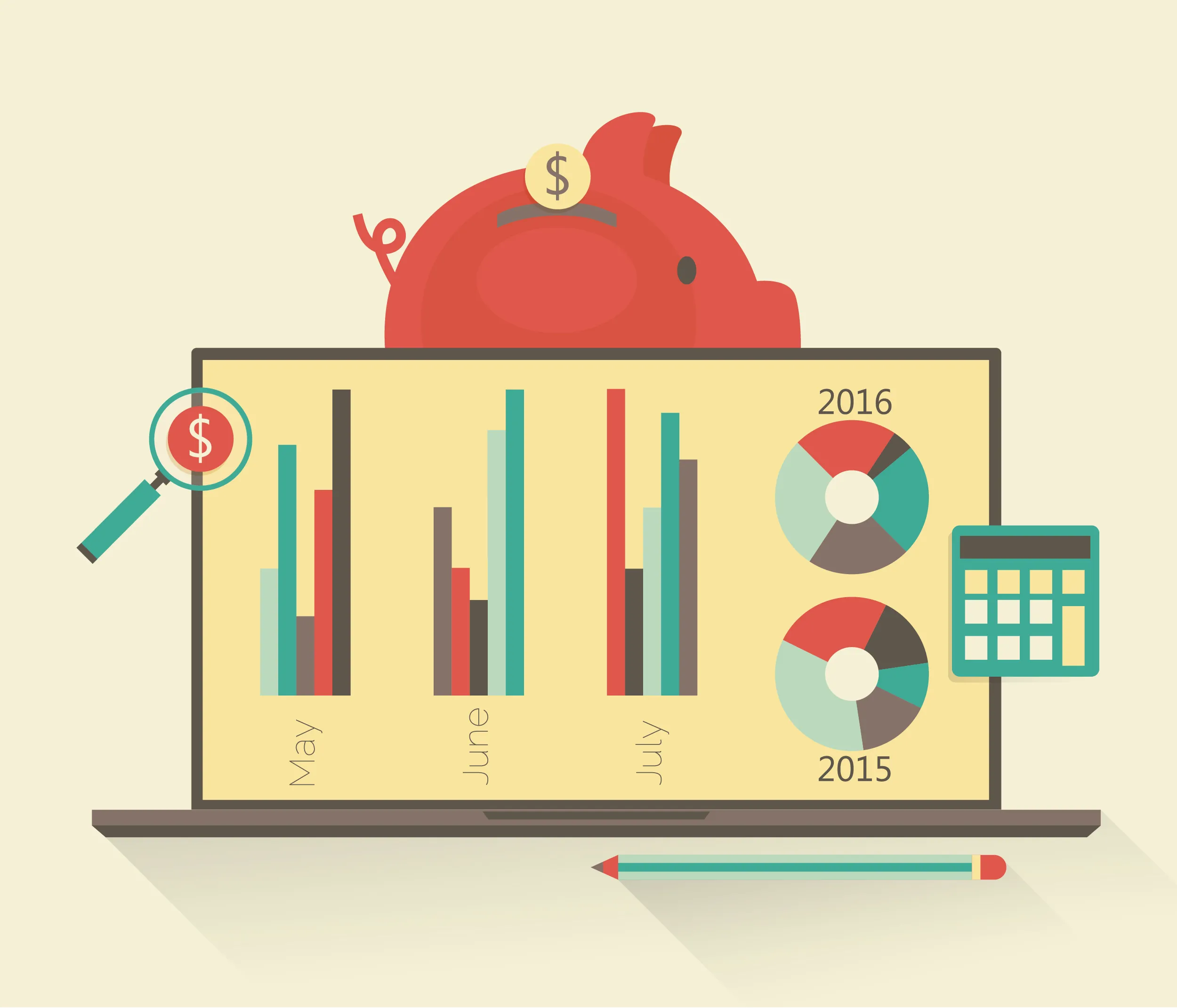Transforming Budgeting from Boring to Brilliant
Did I just hear a collective sigh of despair when I mentioned budgeting? I understand, it can seem like a tedious task. But let me assure you, once you establish a budget, updating it will take you no more than five minutes each week—truly! For a long time, I floated through my finances, saving a little here and spending a little there. Everything seemed to be ticking along just fine. Our everyday bank account had a comfortable cushion, and my bank statements proudly claimed that my financial strategy was sound. According to the basic law of personal finance—spend less than you earn—we were right on track, or so I thought. Yet, I lacked true visibility into my cash flow.
One afternoon, I decided to dig into our bank statements, flipping through page after page. To my surprise, many transactions were unrecognizable, leaving my husband and me puzzled about our whereabouts from weeks past that prompted a random $100 purchase at store XYZ. The lightbulb moment struck when I logged into our online banking. As I scrolled through our recent expenses and gradually ventured further back, a $20 payment leaped out at me, reeking of mystery. This payment was going out each month to a bank account I believed I had closed three years ago. A quick calculation revealed that $720 was vanishing into thin air. After contacting my old bank without results, I learned from my current bank that the $20 vanished one week only to return the next. How did I miss that?
Empowering Myself with Financial Clarity
It was clear: I needed to sharpen my financial awareness. The thought of losing track of money was alarming, and I couldn’t help but wonder how much I might be overspending elsewhere. So, what’s the next step in these troubling times? Google to the rescue! I found a plethora of budgeting software solutions, but I wasted so much time fiddling with options that didn’t quite fit my lifestyle. I tried several platforms, got overwhelmed by their complexities, and eventually gave up. They just didn’t resonate with my spending habits. That’s when I remembered the K.I.S.S. principle: Keep It Simple, Stupid! Instead of relying on someone else to solve my budgeting woes, I decided to channel my mental energy into crafting a straightforward solution myself.
An inspiring financial writer hit the nail on the head when she suggested that budgeting doesn’t have to be complicated. All you need is two columns: Incoming and Outgoing. You can choose either pen and paper or a digital method—my preference leaned towards the latter. With this simplicity in mind, I created a personalized budgeting spreadsheet. Download an Excel sample spreadsheet to see what I mean. I combed through my bank statements and compiled an extensive list of around 55 spending categories, feeding them all into the left column of my spreadsheet. Along the top, I added three additional columns to track expenses, savings, and earnings.
The Joy of Weekly Accountability
It took a couple of months to refine my spreadsheet, but gradually, I noticed a positive change. The total in my miscellaneous spending column began to dwindle as I grew increasingly aware of where my money was actually going. I’ve included some examples in my spreadsheet, but feel free to customize the headings to match your own habits. Now, I’ve canceled all paper statements—talk about old news! Every week, I set up my online banking on one side of my computer screen and my budgeting spreadsheet on the other. I enter our spending manually, and a simple formula automatically tallies the totals for me. While I know there are software programs out there that could automate this process, I prefer the accountability that comes from reviewing and thinking about each transaction. This method has led us to curb impulsive purchases that we never really needed in the first place.
Tracking Progress Toward Financial Goals
But there’s more to my financial tracking! At the end of each month, I also maintain another spreadsheet to monitor our net worth. I log each investment’s value for a comprehensive overview of our financial health. This allows me to evaluate our month-over-month and year-over-year progress. Keep in mind, investment balances like Kiwisaver and shares don’t just rise steadily; sometimes they dip, even while I contribute monthly. Some experts recommend not checking too frequently to avoid panic when values fluctuate, especially as your investments grow. But I’m in it for the long run—these fluctuations don’t faze me; I view them as chances to acquire more at a better price.
Your Path to Financial Empowerment
I’m no financial guru or budgeting expert, but my two uncomplicated spreadsheets have transformed my financial landscape. They are free to use, easy to navigate, and key in helping me become a better saver and investor; now I know precisely what I have to work with and where it’s located. With a few tweaks to cater to your unique life, I believe these simple templates could work wonders for you, too. They showcase the magic of consistent saving and the incredible impact of compound interest. I may not be a millionaire yet, but with a few formulas in my spreadsheet, I’ve calculated my path to get there—and that thrill is simply delightful! Here’s to happy saving!









